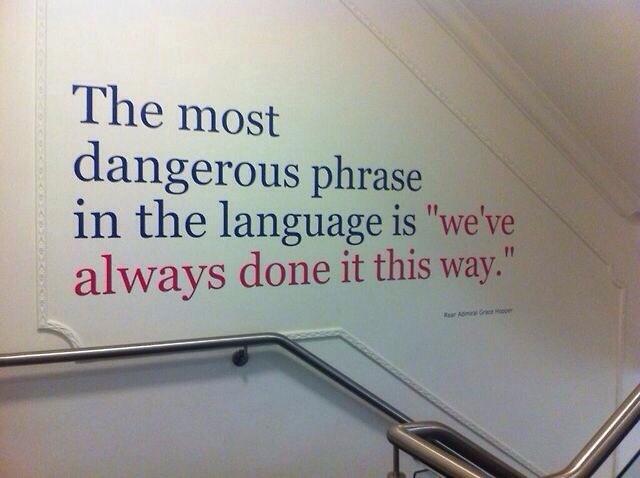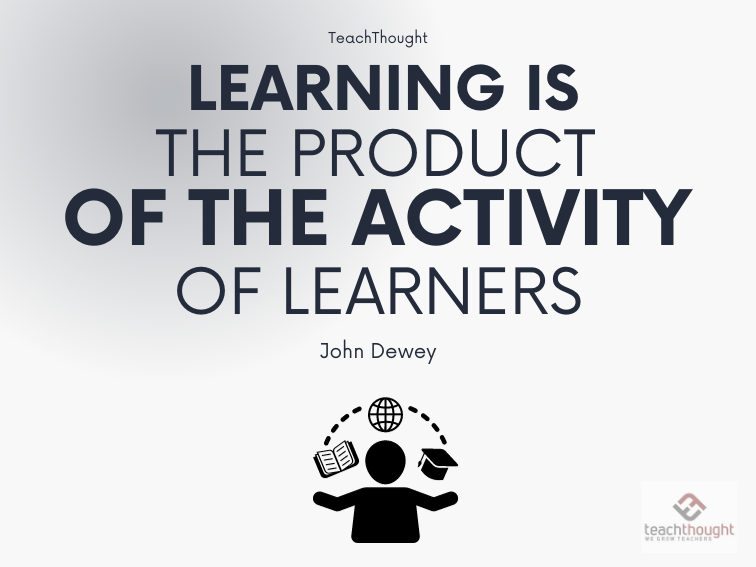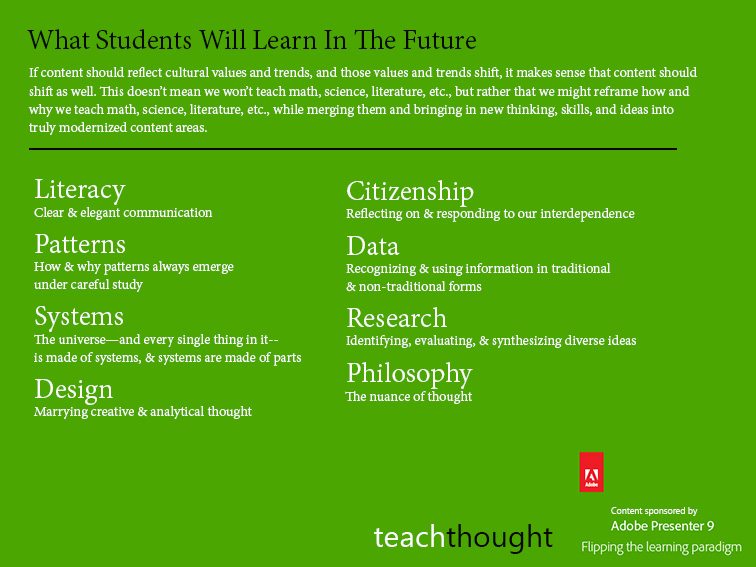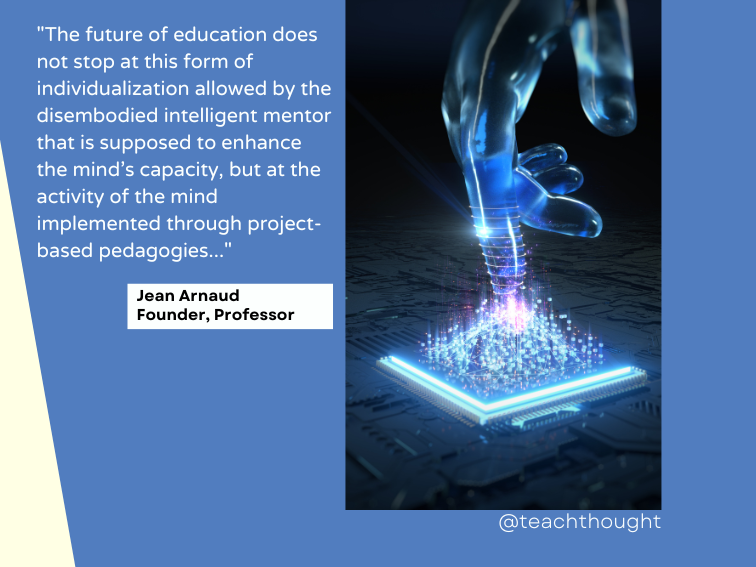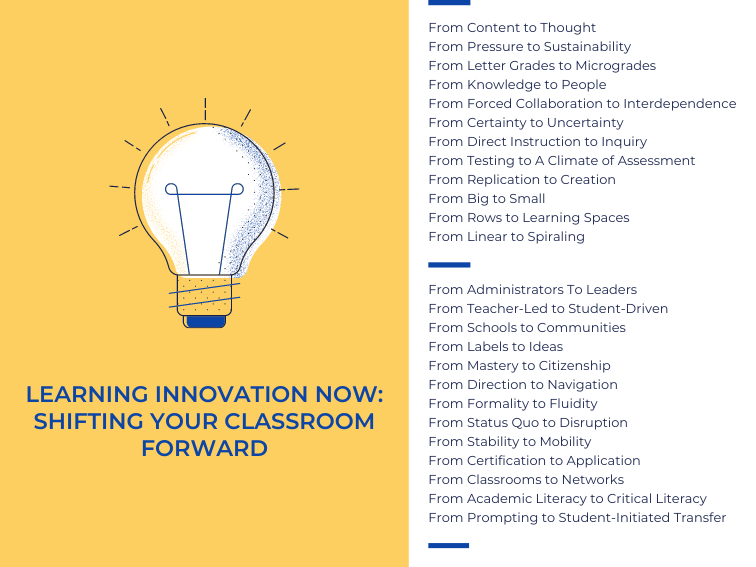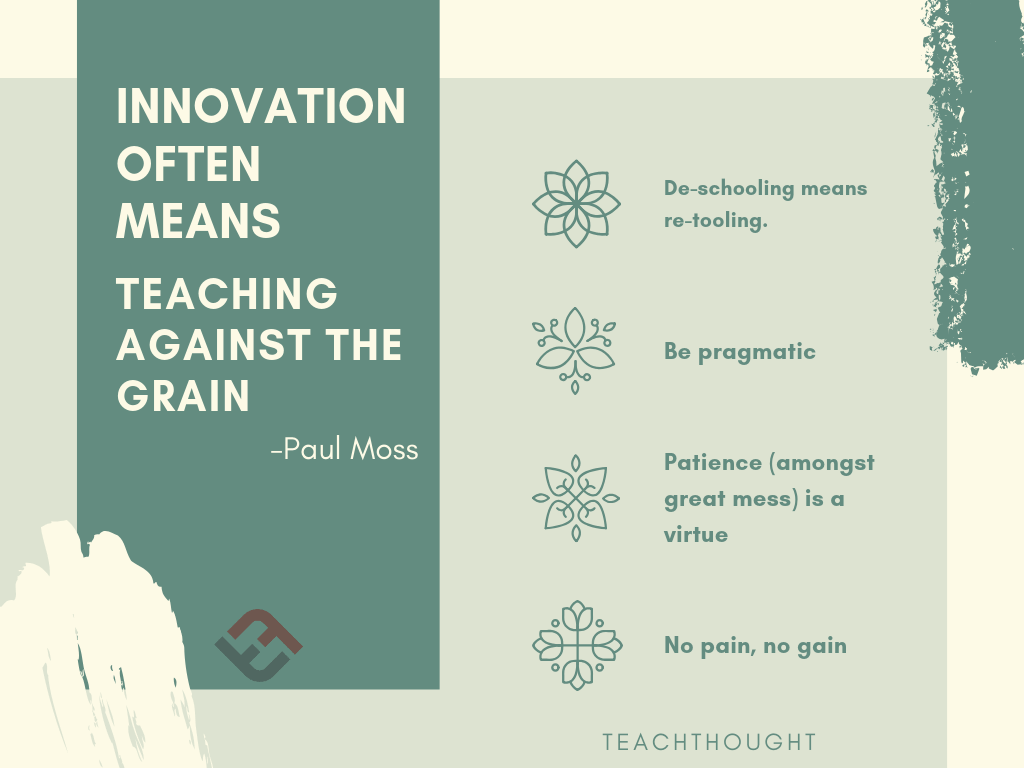Tag: Disruption & Innovation
The Most Dangerous Phrase In Education
“We’ve always done it this way” is one of the most dangerous phrases we can use—and this danger extends to education, as well.
When Schools And Parents Don’t Talk
Communities don’t understand teaching and learning? Education doesn’t know what communities really need? This seems like an opportunity.
What Students Will Learn: 8 Responsive Content Areas Of…
This doesn’t mean we won’t teach math or reading in the future. However, we might reframe what we teach and how and…
Why Education Needs More Than Reform
Disruption in general is about unsettling, often thought of in terms of chaos. Disruptive collaboration is working together to force change.
Where’s The Innovation In Education Coming From?
Where is the innovation in education coming from? What are its current levels of innovation? What might possibly disrupt it in the…
The Potential Of Disruptive Learning Technology
In education, emerging learning technologies provide considerable opporunities–and the potential for long-term disruption.
New Learning: Characteristics Of An Innovative Classroom
From content to thought, linear learning to spiral learning, and grading to micrograding, here are possible characteristics of an innovative classroom.
Innovation Often Means Teaching Against The Grain
The feeling that I get observing students learning for themselves and assuming ownership of their experience is pure joy.
